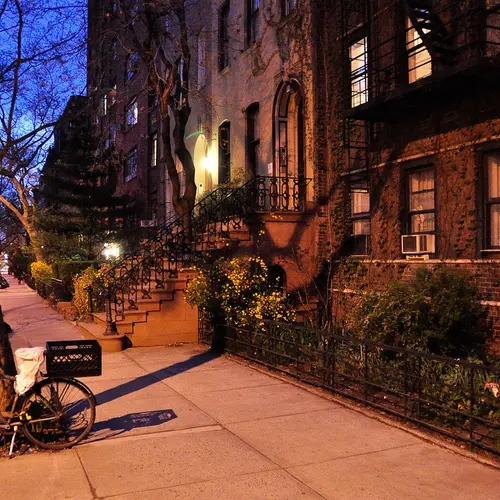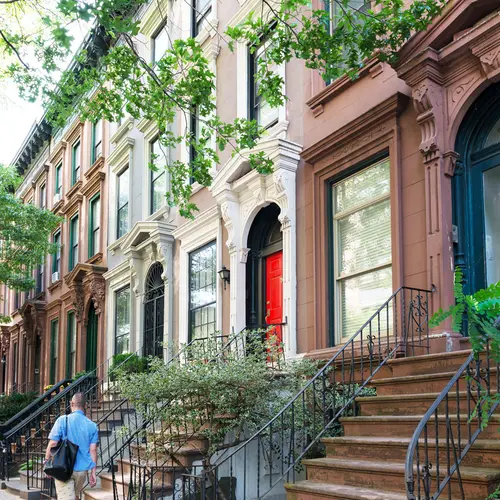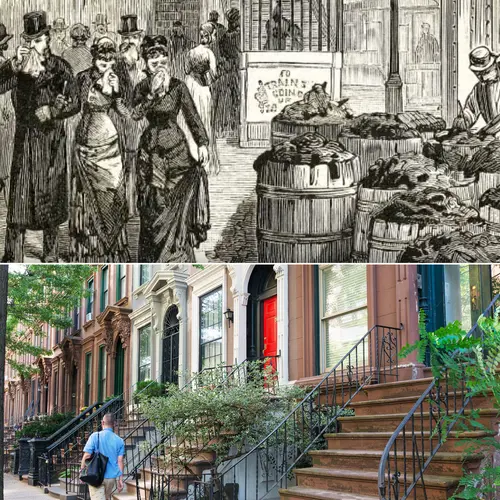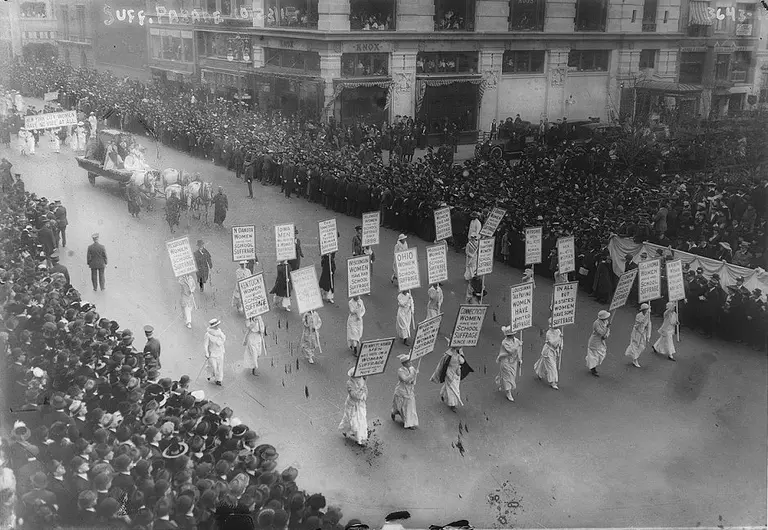How horse poop inspired the New York City stoop
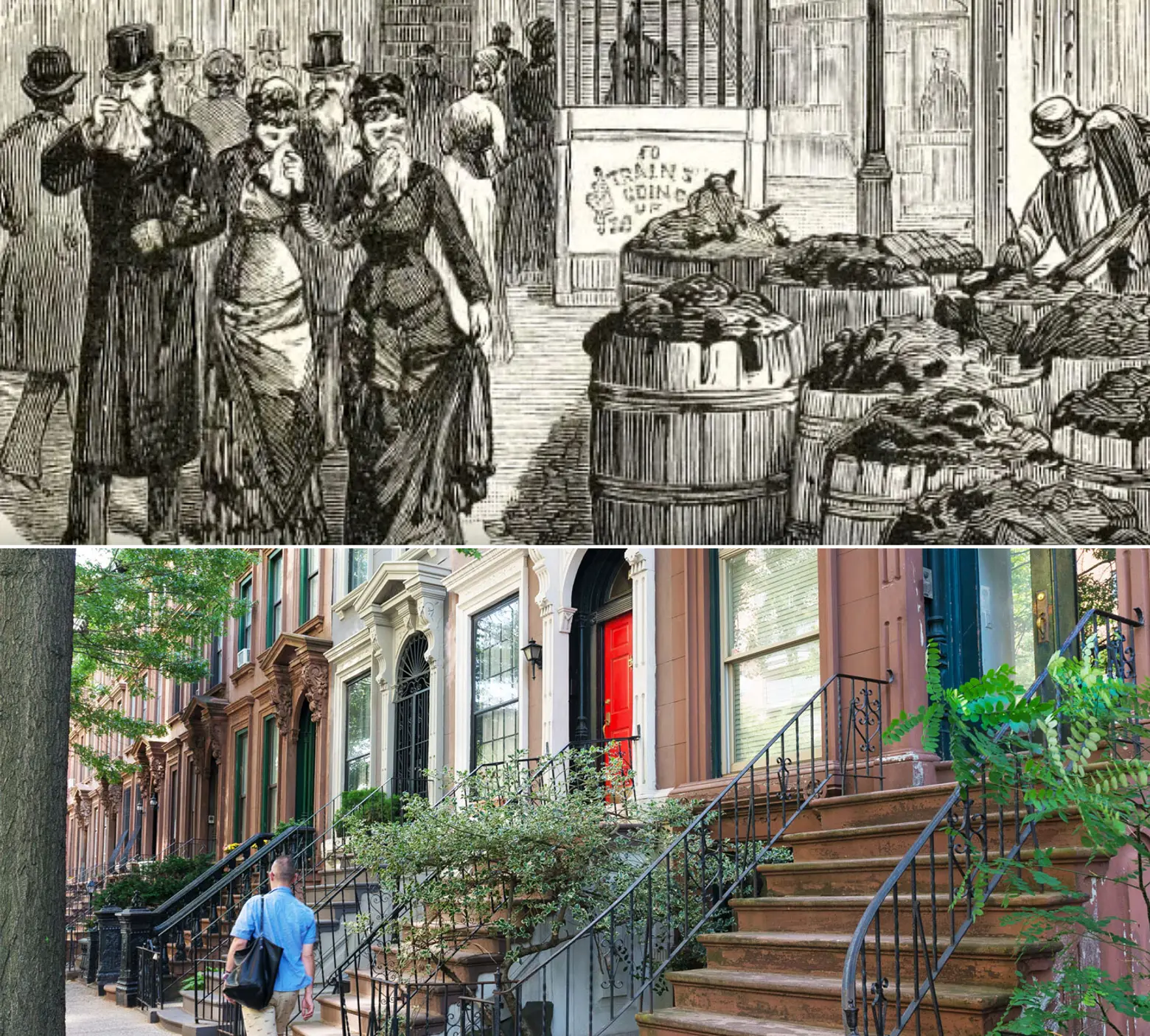
Today when we see romantic stoops rise from the sidewalk to the second story parlor, we don’t necessarily associate them with fecal matter. But flashback to the late 1800s, and you’ll meet a very different New York where almost five million pounds of manure was being dumped on the city streets every day (we can imagine how that would effect our commute to the office). At the rate horse dung was accumulating, it was predicted that by the year 1930, horse manure would reach the level of Manhattan’s third-story windows. With poop literally lining the city streets, stoops became an important and functional part of New York City’s architecture.
According to an article in the New Yorker from 2009, piles of horse poop lined the streets like banks of snow and at times reached as high as 60 feet! Come summer, the smell was overbearing and when it rained, poop-rivers flooded the streets and sidewalks often seeping into people’s basements.
The stoop is a very specific architectural detail that was adapted from Dutch styles to cope with flooding—an event quite common in the Netherlands where much of the country’s land sits below sea level. However, it was quickly realized that New York City did not suffer from the same water issues, but being higher from horse poop was a benefit that no one could have predicted for the stoop (just as stoops have become an important element in neighborhood socialization). As a result, the design proliferated.
New York City has been around for awhile and each building and brick has a story to tell. Read more history posts about New York here.
[Update 4/4/2016: A previous version of this article noted that the design of stoops was a direct consequence of the city trying to deal with horse excrement. Thanks to Tracy A. Marino for the additional insight.]
RELATED:
- Fire and Ice: City Snow Removal Methods Included an Army Flamethrower
- One-Cent Coffee Stand Fed Hungry New Yorkers Back in the Day
- Vaults Under the Brooklyn Bridge Once Held Private Wine Cellars
